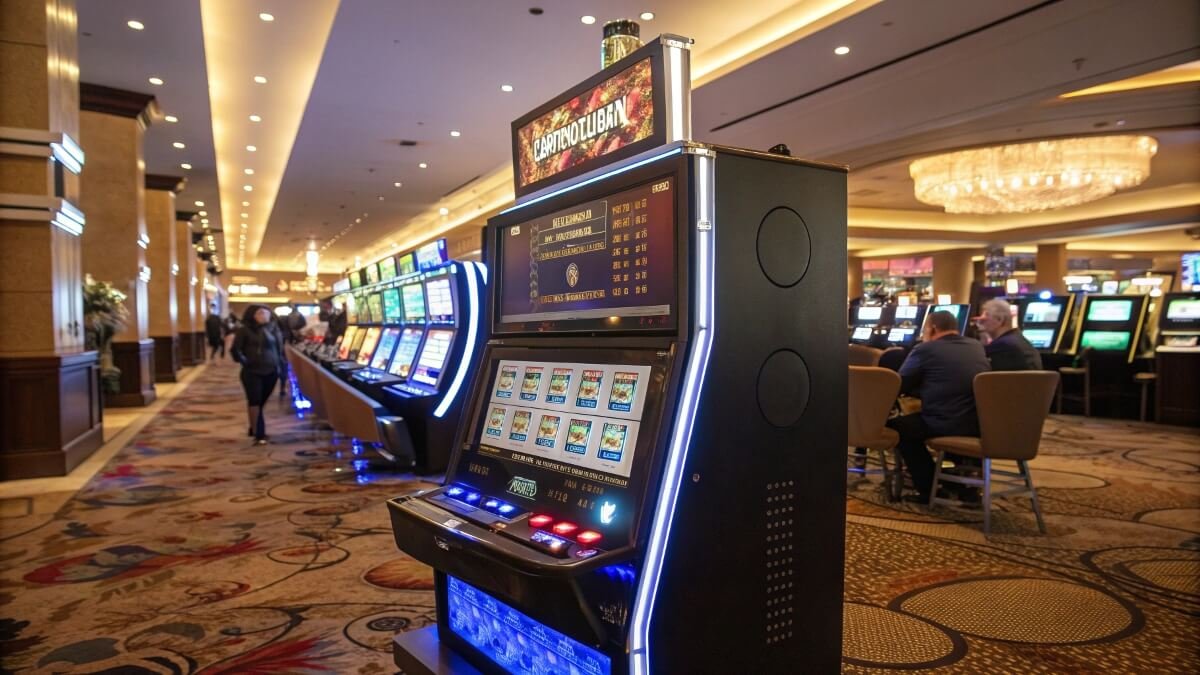What Game Algorithms And Features Can I Customize In The Game Kit?
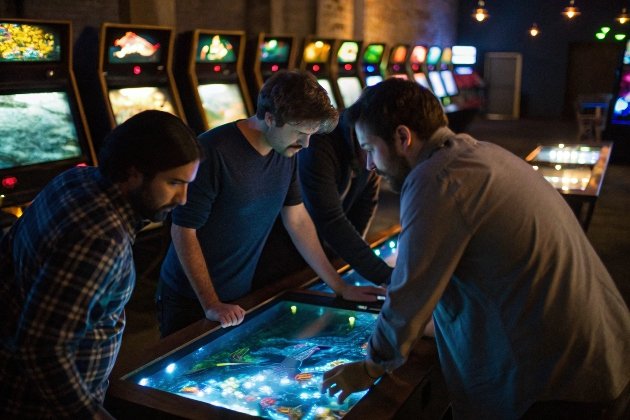
I often see venue owners frustrated when players leave too quickly. I felt the same when I started—default kits just weren’t engaging enough.
You can customize almost every aspect of a game kit. From scoring systems and fish behaviors to rewards, difficulty levels, visuals, and multiplayer features, these options allow you to create a unique, profitable, and player-friendly gaming experience.
Once I realized how much I could adjust, I understood that customization isn’t optional—it’s essential. Let’s dive deeper into what can be customized and how it benefits both players and operators.
Can I choose specific gameplay mechanics for the game kit?
I remember buying my first fish game kit and feeling stuck. The gameplay was too repetitive, and players quickly lost interest.
Yes. You can customize core mechanics like scoring, win conditions, power-ups, and progression. This lets you control how points are earned, how rounds evolve, and how rewards maintain player engagement.

Understanding gameplay mechanics
Gameplay mechanics define the player experience. I learned early that even a slight tweak in scoring or shooting timing can change how players feel about a game.
Customizable mechanics examples
| Mechanic | Customization Option | Impact on Player Experience |
|---|---|---|
| Scoring | Adjust points per action | Keeps balance and fairness |
| Power-ups | Add or remove features | Adds excitement and strategy |
| Progression | Control wave difficulty | Extends playtime and engagement |
How I use it
I often add combo shots and chain bonuses. Players enjoy skill-based rewards, which keeps them playing longer. I noticed that a game with thoughtful gameplay design principles <sup>1</sup> increases both revenue and player satisfaction.
How flexible are the customization options for the game algorithms?
I used to think game algorithms were rigid. Then I discovered that deep customization was possible with the right team.
Customization is very flexible. You can adjust fish behaviors, reward probabilities, bonus events, multiplayer features, and difficulty waves. This ensures the kit fits your venue’s audience and maximizes profitability.

Levels of flexibility
Some suppliers only allow visual changes. Our team lets me change the core logic. I can adjust how often players win, the speed of fish, and even the rhythm of rewards. This creates natural engagement waves.
Key customizable elements
| Feature | Customization Depth | Example |
|---|---|---|
| Fish behavior | High | Speed, movement patterns, grouping |
| Reward system | Medium | Jackpot odds, bonus round frequency |
| Player controls | High | Shooting timing, skill shots |
| Multiplayer | Medium | Team play, PvP, leaderboard integration |
Personal experience
I remember testing a kit with flexible algorithms. By slightly changing the fish speed and jackpot timing, I increased average playtime by 30%. Flexibility allowed me to experiment and optimize player retention strategies <sup>2</sup>.
Why flexibility matters
Flexibility lets me adapt to player preferences. Casual players enjoy slower, predictable gameplay. Skilled players need faster challenges. A kit that can adapt satisfies both groups and drives long-term revenue.
How do you ensure the game algorithms are engaging for players?
I noticed early in my career that players leave if a game feels predictable. Engagement is not optional; it is the lifeline of any gaming venue.
Engagement is maintained by natural win/loss waves, balanced difficulty, surprise rewards, and smooth interactions. This combination keeps players challenged and entertained while ensuring profitability for operators.
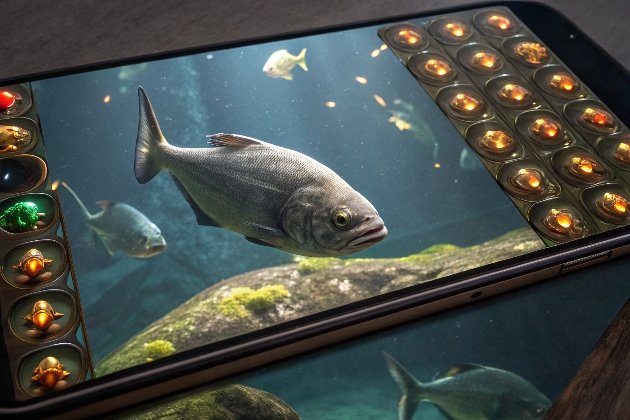
Balancing wins and losses
I always adjust algorithms so players win enough to feel successful, but not too much to hurt profits. Too many wins reduce earnings; too few push players away. The goal is natural, satisfying pacing.
Adding surprise and variety
Random events like bonus fish, mini-games, and hidden jackpots excite players. They never know what will happen next, which encourages repeated play and player engagement analytics <sup>3</sup>.
Engagement checklist
| Element | Why It Matters | Example |
|---|---|---|
| Difficulty balance | Keeps players in flow | Scaling enemy waves |
| Random events | Adds excitement | Hidden jackpots or bonus rounds |
| Skill influence | Encourages return play | Chain shots or combo bonuses |
Continuous improvement
I monitor gameplay metrics <sup>4</sup> and player feedback. If engagement drops, I tweak the reward frequency or adjust fish patterns. Continuous testing ensures the kit remains fresh and enjoyable.
Can I adjust the difficulty levels of the game kit?
I once worried that one difficulty would bore beginners or frustrate skilled players. That mistake cost me both revenue and reputation.
Yes, difficulty is adjustable. Kits support scaling, where fish speed, health, and reward frequency change over time. Beginners can enjoy easy levels, while experienced players face tougher challenges.

Why scaling difficulty works
Static games feel repetitive. I scale difficulty to maintain engagement. Morning players get easier challenges; evening players get harder ones. This keeps everyone satisfied and maximizes revenue.
Difficulty settings in practice
| Difficulty | Adjustment Options | Result |
|---|---|---|
| Easy | Slower fish, higher hit rate | Beginner-friendly, builds confidence |
| Medium | Balanced speed and rewards | Maintains steady engagement |
| Hard | Faster fish, rarer jackpots | Engages skilled players, increases excitement |
How I implement scaling
I use real-time difficulty adjustment algorithms <sup>5</sup> that track player success and adjust difficulty dynamically. Players often comment that the game “feels just right,” which is my measure of success.
Additional customization opportunities
Other key areas include reward probability tuning <sup>6</sup>, multiplayer feature integration <sup>7</sup>, visual effect adjustments <sup>8</sup>, and bonus event creation <sup>9</sup>. Each of these directly impacts player satisfaction and revenue potential.
Conclusion
Customizable algorithms and features let me create unique, engaging, and profitable game kits that satisfy players and venue owners alike. Proper game kit optimization strategies <sup>10</sup> ensure long-term success.
Footnotes
<span id="footnote-1">1. Explore core gameplay design principles for engaging games. ↩︎</span>
<span id="footnote-2">2. Learn methods for improving player retention in arcade games. ↩︎</span>
<span id="footnote-3">3. Analytics techniques to measure and enhance player engagement. ↩︎</span>
<span id="footnote-4">4. Tracking gameplay metrics for continuous improvement. ↩︎</span>
<span id="footnote-5">5. Implementing real-time difficulty adjustment algorithms. ↩︎</span>
<span id="footnote-6">6. Tuning reward probabilities to maximize player satisfaction. ↩︎</span>
<span id="footnote-7">7. Integrating multiplayer features to enhance social gaming. ↩︎</span>
<span id="footnote-8">8. Adjusting visual effects for more immersive gameplay. ↩︎</span>
<span id="footnote-9">9. Creating bonus events to surprise and engage players. ↩︎</span>
<span id="footnote-10">10. Strategies for optimizing game kits for profitability. ↩︎</span>
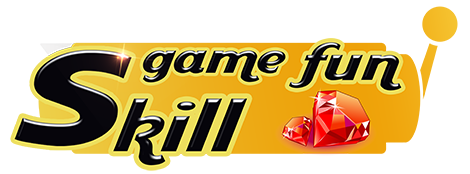

 "Game Brainstorm Meeting")
"Game Brainstorm Meeting")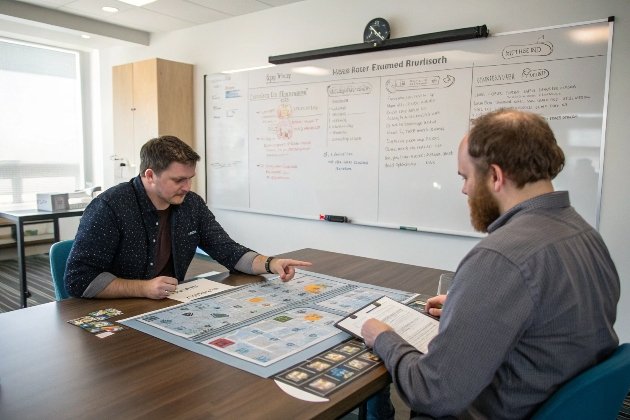 "Project Team Huddle")
"Project Team Huddle")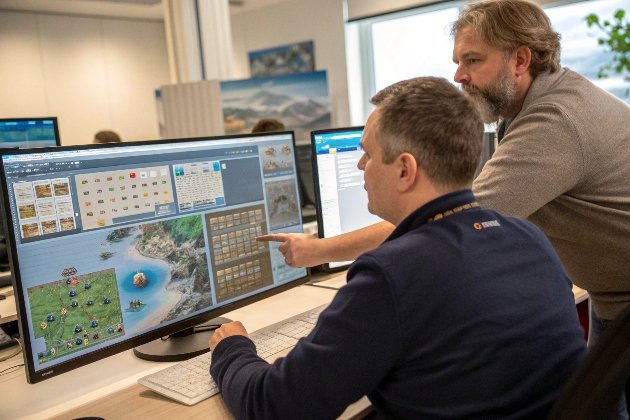 "Team Strategy Session")
"Team Strategy Session")